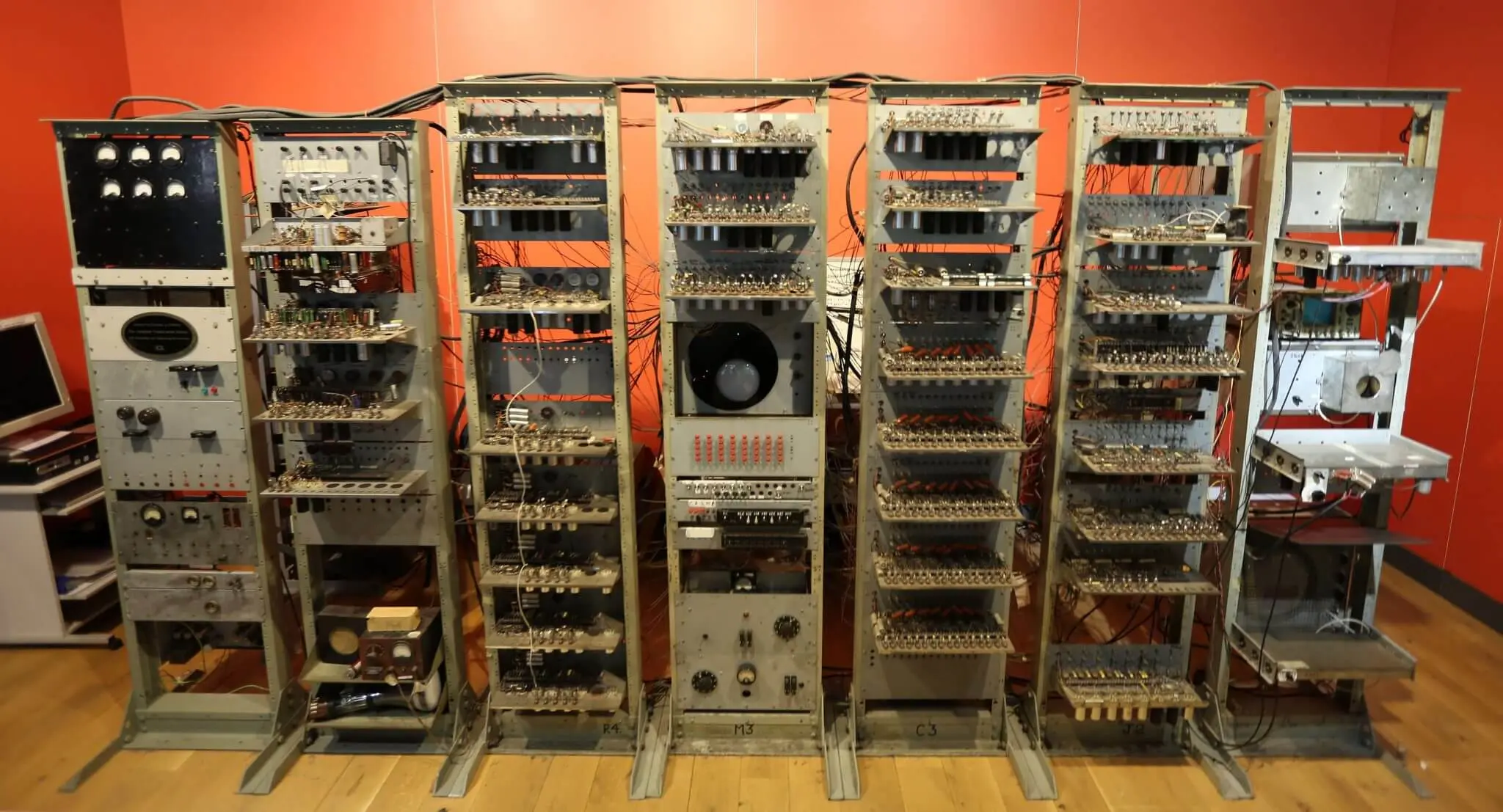 When people ask “What was the world’s first computer?” the answer is more complicated than it appears at first glance. It depends heavily on how you define “computer” — mechanical, electromechanical, electronic, programmable, or general‑purpose. In this article, we will explore the contenders for the world’s first computer, how computing evolved from antiquity to the modern age, and why the question still sparks debate among historians and technologists.
When people ask “What was the world’s first computer?” the answer is more complicated than it appears at first glance. It depends heavily on how you define “computer” — mechanical, electromechanical, electronic, programmable, or general‑purpose. In this article, we will explore the contenders for the world’s first computer, how computing evolved from antiquity to the modern age, and why the question still sparks debate among historians and technologists.
Defining “First Computer”
Before naming a “first,” we need to clarify what we mean by “computer.” Key dimensions include:
-
Mechanical vs. electronic
-
Programmable vs. fixed-function
-
General-purpose vs. special-purpose
-
Stored-program capability (i.e. ability to change instructions dynamically)
Depending on which criteria you choose, different inventions may claim the “first” title.
Early Roots: Abacus to Babbage
Long before electricity, humans sought tools to automate calculations. The abacus, dating back millennia, is often regarded as the earliest “calculator,” enabling faster arithmetic operations.
In the 19th century, Charles Babbage designed two machines that laid the theoretical foundations of modern computing: the Difference Engine and the Analytical Engine. The Difference Engine was intended to compute polynomial functions and print tables, while the Analytical Engine was a speculative design for a general-purpose, programmable machine, with components analogous to modern CPU, memory, input/output, and branching. Babbage’s machines were never fully built in his lifetime, but his vision earned him the title “father of the computer.”
Also worth noting is Ada Lovelace, who in the mid-1800s wrote what is considered the first algorithm intended for processing on Babbage’s Analytical Engine — effectively making her the world’s first “programmer.”
Electromechanical & Early Electronic Milestones
As technology advanced, inventors turned to relays, vacuum tubes, and switches to realize computing machines.
Z3 – First Working Programmable Computer
In 1941, German engineer Konrad Zuse completed his Z3, an electromechanical machine using relays. It is widely recognized as the first working programmable, fully automatic digital computer. The Z3 operated with a clock frequency of about 5–10 Hz and used punched tape to read instructions. The original was destroyed in WWII, though a replica exists today in the Deutsches Museum.
ENIAC – First General-Purpose Electronic Computer
The ENIAC (Electronic Numerical Integrator and Computer) was completed in 1945 and publicly unveiled in 1946. It is often hailed as the world’s first general-purpose electronic computer, because it could be reprogrammed to perform different tasks rather than being hard-wired for one use. The machine used over 17,000 vacuum tubes, weighed 30 tons, and filled a large room. ENIAC accelerated computation and inspired subsequent computer development, serving as a catalyst in the digital age.
ENIAC is sometimes considered the “first” because of its scale, electronic nature, and flexibility. However, it wasn’t the first to employ stored-program architecture — that distinction goes to later machines.
Other Pioneers and Variants
Because of the complexity of definitions, several other machines deserve mention.
-
Atanasoff–Berry Computer (ABC) — Developed in 1942 by John Atanasoff and Clifford Berry, the ABC used binary representation and Boolean logic, though it lacked programmability and was not general-purpose.
-
Manchester Baby — Completed in 1948 at the University of Manchester, this was the first machine to run a stored-program, meaning instructions and data were held in memory and could be changed.
-
IAS Machine / Von Neumann Architecture — Built at the Institute for Advanced Study (IAS) starting in 1946 and completed around 1951, this computer implemented the architecture described in John von Neumann’s design — separating memory and processing and storing instructions as data.
-
Z4 — Built by Zuse’s company and delivered post-WWII, the Z4 is sometimes considered the first commercial digital computer.
Each of these machines contributed key ideas that influenced modern computers: storage, programmability, architecture, and commercial viability.
Choosing a “First”: What Makes a Computer?
Because of these varied definitions, historians often debate:
-
Is Babbage’s Analytical Engine a “computer” even though it wasn’t built?
-
Do machines need to be electronic?
-
Must they be general-purpose or programmable?
-
Do stored-program features matter?
If you take the broadest definition — a machine that can receive instructions, perform calculations, and route results — you might argue Babbage’s design is the first true “computer.” But supporters of concrete, operational firsts lean toward the Z3 or ENIAC depending on the criteria.
A fair conclusion is: there is no single universally accepted “first computer”, but rather a series of breakthroughs that each contributed a piece of the puzzle.
Why the Debate Matters
You might wonder: does it really matter which was first? From an educational and historical perspective, yes:
-
Contextual accuracy — Understanding each machine highlights how computing evolved step by step.
-
Credit to innovators — Giving proper recognition to pioneers like Babbage, Lovelace, Zuse, Mauchly, and Eckert.
-
Technical lineage — Many modern computers still follow the stored-program model first articulated in mid-20th century machines.
-
Narrative appeal — Readers and learners are drawn to stories of “firsts” — they anchor progress in human creativity.
Conclusion
The title “world’s first computer” doesn’t have a single definitive holder — it shifts depending on your criteria. Babbage laid the theoretical foundations; Zuse’s Z3 was the first working programmable machine; ENIAC was the first large-scale electronic general-purpose computer. Together, these inventions mark the milestones of a compelling journey from concept to reality.

You must be logged in to post a comment.